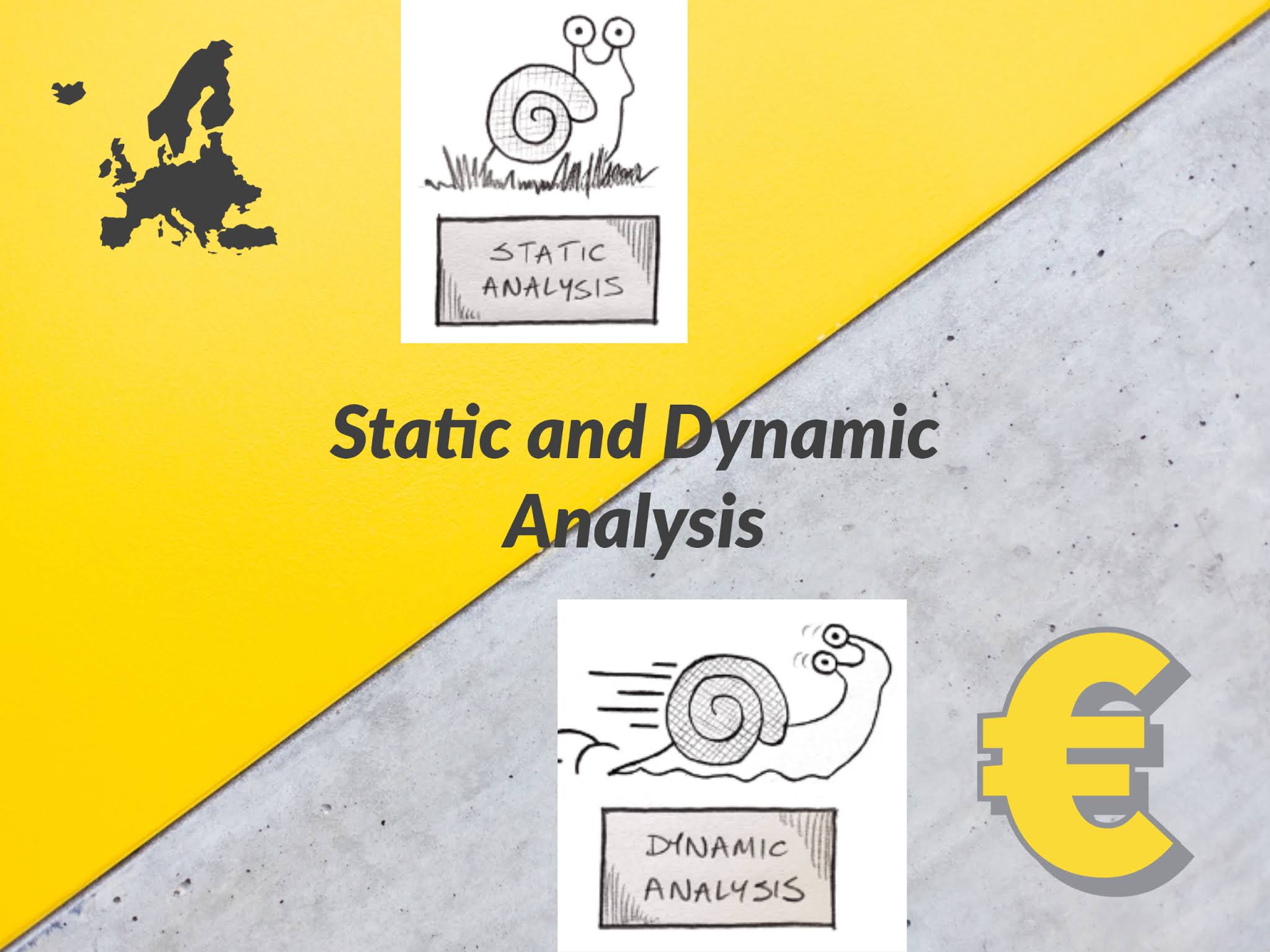In the realm of software development and cybersecurity, the terms "static and dynamic analysis" are pivotal for ensuring the quality and security of applications. These methodologies serve as the backbone for identifying vulnerabilities, optimizing performance, and enhancing the overall integrity of software systems. Understanding the differences and applications of these two analysis types can significantly impact the success of a project. In an era where digital threats are omnipresent, employing both static and dynamic analysis techniques is essential for developers and security professionals alike. This article delves into the intricacies of these analysis types, highlighting their importance, methodologies, and applications in various contexts.
Static analysis refers to the examination of source code or compiled code without executing the program. It allows developers to identify potential vulnerabilities, coding errors, and adherence to coding standards early in the development cycle. On the other hand, dynamic analysis involves testing the application during runtime, focusing on its behavior in real-time scenarios. Both of these analyses complement each other, providing a comprehensive approach to software quality assurance.
As we navigate through the complexities of software development, understanding static and dynamic analysis becomes increasingly vital. By integrating both methodologies into the development process, organizations can bolster their security measures and foster a culture of quality and reliability. Let’s explore the fundamental questions surrounding these two essential analysis techniques.
What is Static Analysis?
Static analysis involves examining the codebase without executing the program to identify potential issues. This method typically utilizes specialized tools to scan the code for patterns that indicate errors or vulnerabilities. Here are some key aspects of static analysis:
- Early Detection: Issues can be identified before the software is run, greatly reducing the cost of fixing them.
- Code Quality: Helps maintain coding standards and best practices.
- Automated Tools: Various tools, such as SonarQube, ESLint, and FindBugs, facilitate static analysis.
- Security: It identifies security loopholes early in the development process.
How Does Static Analysis Work?
The process of static analysis involves several steps:
- Code Parsing: The static analysis tool parses the code to create an abstract syntax tree (AST).
- Pattern Matching: The tool checks the AST against known patterns of vulnerabilities or coding issues.
- Reporting: Any identified issues are reported to the developers for review and remediation.
What Are the Benefits of Static Analysis?
Static analysis provides numerous benefits, including:
- Improved code quality and maintainability.
- Reduction of runtime errors and exceptions.
- Enhanced security posture by identifying vulnerabilities early.
- Facilitates compliance with regulatory standards.
What is Dynamic Analysis?
Dynamic analysis, in contrast, involves testing the application during execution to assess its behavior under various conditions. This method allows developers to observe how the software interacts with its environment and can uncover issues that static analysis may miss.
How Does Dynamic Analysis Work?
The dynamic analysis process includes:
- Execution: The application is executed in a controlled environment.
- Monitoring: The tool monitors the application's performance, memory usage, and the interactions with external systems.
- Feedback: Developers receive feedback on the application's behavior, including any errors or performance bottlenecks.
What Are the Benefits of Dynamic Analysis?
The advantages of dynamic analysis include:
- Real-world testing: It assesses how the application performs in a live environment.
- Identification of runtime issues: Bugs that only appear during execution can be detected.
- Performance optimization: Developers can analyze the application's performance and make necessary adjustments.
- Security testing: Dynamic analysis can reveal vulnerabilities that are exploited during runtime.
How Do Static and Dynamic Analysis Complement Each Other?
The integration of static and dynamic analysis offers a holistic approach to software testing. While static analysis identifies potential issues in the code before execution, dynamic analysis helps validate those findings in a real-world scenario. By leveraging both methodologies, teams can achieve a higher level of confidence in their software’s quality and security.
Can Static and Dynamic Analysis Be Automated?
Yes, both static and dynamic analysis can be automated using various tools available in the market. Automation enhances efficiency, allowing teams to run analyses continuously throughout the development cycle. Some popular tools include:
- Static Analysis Tools: SonarQube, ESLint, PMD
- Dynamic Analysis Tools: OWASP ZAP, Burp Suite, AppScan
What Challenges Do Static and Dynamic Analysis Present?
While both static and dynamic analysis are invaluable, they come with their own set of challenges:
- False Positives: Static analysis may generate false positives, leading to unnecessary debugging efforts.
- Execution Environment: Dynamic analysis results can vary significantly based on the testing environment.
- Resource Intensive: Dynamic analysis may require substantial resources and time for thorough testing.
Conclusion: Why Are Static and Dynamic Analysis Essential?
In conclusion, static and dynamic analysis play a crucial role in the software development lifecycle. By understanding and implementing both methodologies, developers can significantly improve code quality, enhance security, and optimize performance. As the digital landscape continues to evolve, incorporating these analysis techniques will be essential for creating robust and reliable software solutions.
Mastering The Art Of Informal Balance Drawing
Mastering The Calculation Of IRR Using A Financial Calculator
Transforming Your Experience: The Benefits Of PgAdmin Dark Mode


